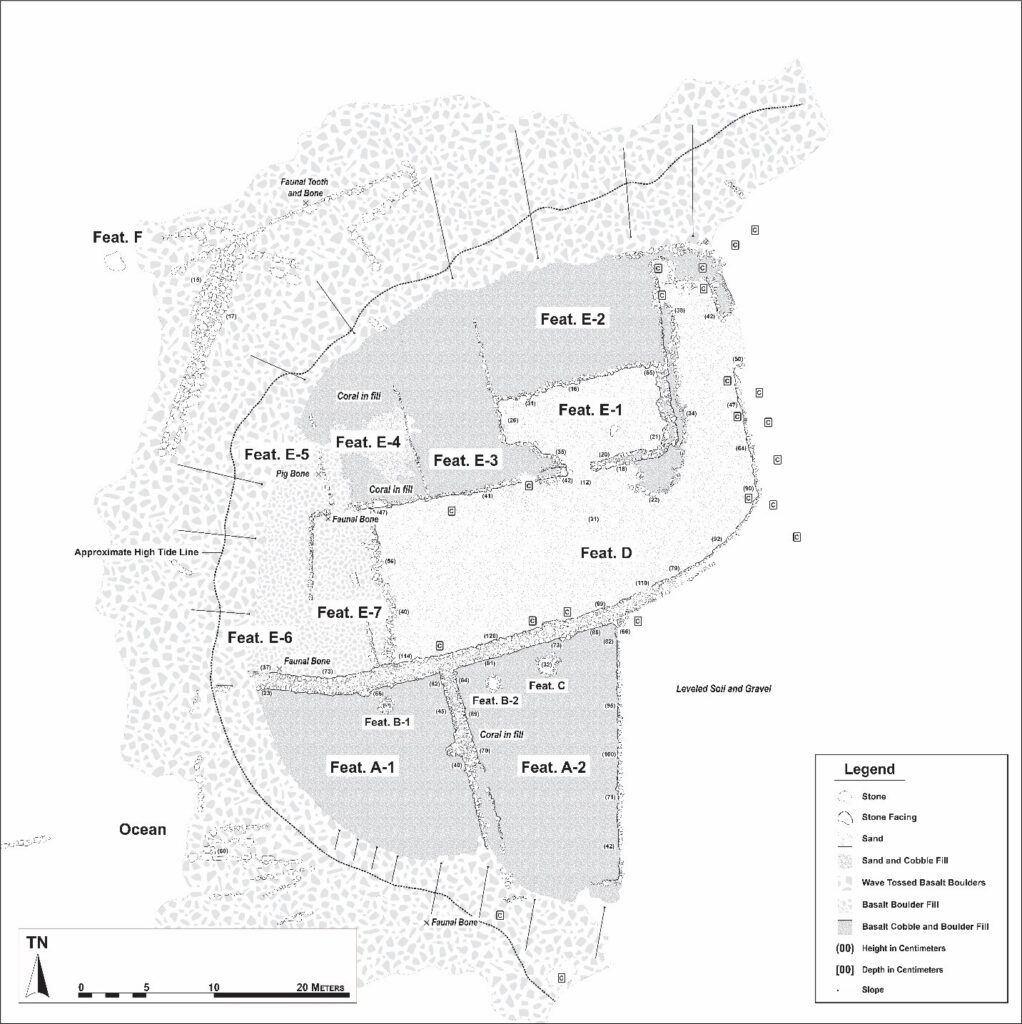James Wight was born in India in 1814 of Scotch-Irish parentage; he received liberal education at the University of Edinburgh, where he graduated in 1836.
At 22 years of age, he went to Australian with the intention of practicing his profession as physician, but his interest was for business pursuits. After thirteen years practicing medicine, there he abandoned the profession and migrated to Hawaiʻi. (Hawaiian Gazette, September 5, 1905)
Wight, with the initial intent to go to the gold fields of California, came to Hawaiʻi in 1850 with his wife (Jane Tompkins Wight – formerly of Cape Colony, South Africa, now called Cape of Good Hope.)
On August 2, 1850, they went from Honolulu to Kawaihae and from there to Mahukona in an open boat.
While attempting to land ashore at Mahukona on the Big Island of Hawaiʻi, the small boat was ship wrecked during a storm. Their 13-month old daughter Ada Wight drowned during the tragedy.
Once ashore, Dr. Wight was made aware of white parishioners living close by. He made the decision to venture out and get help for his ailing family. (Restarick)
They were given a grass house and there during the night, Jane Wight gave birth to a child while the dead one lay in the room. (The Wights had 13 children, six of whom died before they were grown.)
The Wights were persuaded to stay in Hawaiʻi; he became an influential community leader, serving as postmaster, circuit judge (1852-1863,) representative to the territorial government (1886) and a member of the house of noble (1886-87.) In the House, he was noted for his independent stand and those were trying times.
He enjoyed remarkably good health during his long life and Dr. Wight’s home was noted for its hospitality. His word was his bond and during his long residence he was seldom involved in litigation. Of the thousands who have been in his employ, all speak of him as a generous though firm employer.
Although he had no inclination to practice medicine, he was always ready to assist any sufferer needing the services of a physician. (Hawaiian Gazette, September 5, 1905)
He had initially established a store with a pharmacy and carried on business until 1884, when he sold it to SG Wilder. Wight then turned his business interest to land investments and Hawaiʻi’s emerging sugar and cattle industries.
He became interested in sugar when the Kohala Plantation was started and paid quite an interest in that concern. He established the Hālawa Plantation and conducted it for a number of years. (Hawaiian Gazette, September 5, 1905)
Wight bought Puakea and built the first animal mill on the Island to process sugar and began raising cattle. (Wight’s daughter Clara and her husband Howard Rattenbury Bryant continued the cultivation of sugar cane at Puakea until 1930 when the last crop was milled and the operation closed.) Parker Ranch later leased the Puakea lands from the Estate and finally purchased the ranch in 1944.
Wight was reportedly one of the first to import orchids from England and ironwood trees from Australia. Mrs. Wight owned the first carriage seen in Kohala. It had a single seat with a perch forward for the driver.
In approximately 1860, the family purchased a large parcel of land that looked out over the ocean on which to build their homestead.
They built a home, Greenbank, on 22-acres in Kohala; it was once a showcase home and social center of the Kohala district for many years. (The property is reportedly haunted; a stone shark god idol at the property was later given to Bishop Museum.)
Several buildings were added to the estate, including additional residence, caretaker quarters and a carriage house for his buggy. Later years would include a greenhouse adjacent to the main house where some of the first botanical species in the state were grown.
Dr. James Wight passed away on the morning of September 2, 1905 at Kohala; he was the oldest and one of the most respected of the foreign settlers in that district.
He had been closely identified with the progress of the islands for more than fifty-five years. (Hawaiian Gazette, September 5, 1905) (Lots of images and information here from greenbankhawaii.)





























